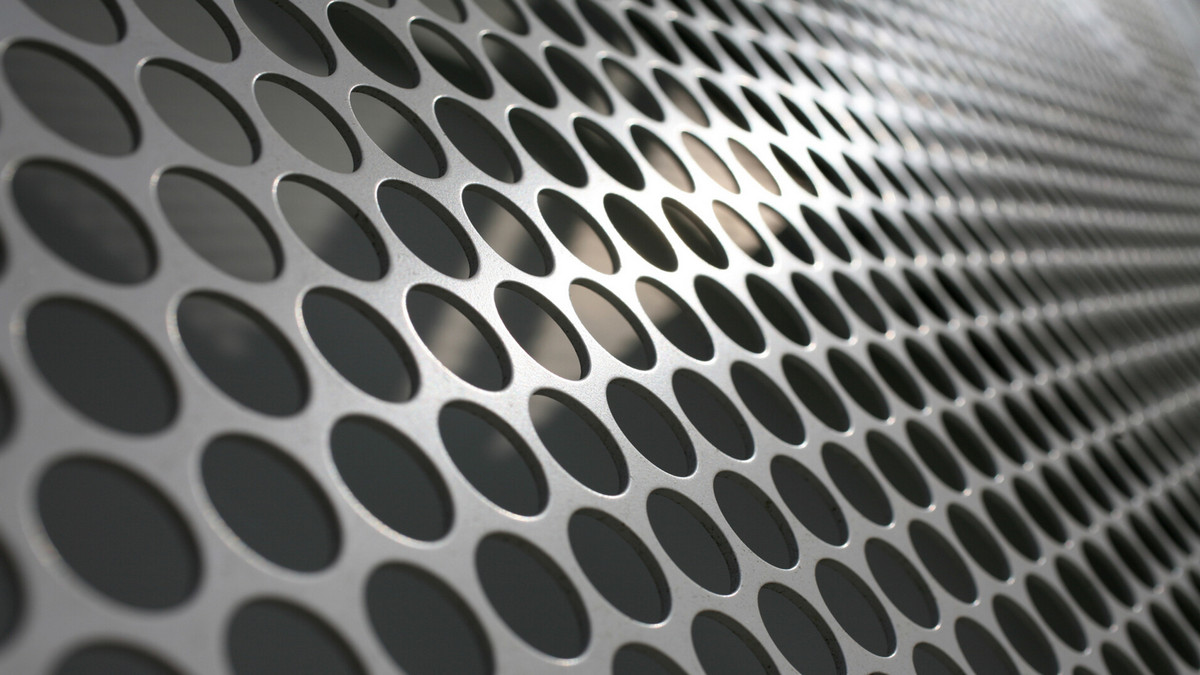Soft matter is a subfield of condensates that includes a variety of physical states susceptible to thermal stress and thermal fluctuations. Nowadays, it is used in flexible substrates and has become a key material for the development of thinning and flexibility.
What is the Soft Matter?
Soft matter is a subfield of condensates that includes a variety of physical states susceptible to thermal stress and thermal fluctuations. Soft substances include liquid crystals, colloids, polymers, foams, gels, particulate matter, and various biological materials. The common feature of these substances is that the energy of their physical behavior is on the same order of magnitude as the room temperature thermal energy, the quantum behavior is generally unimportant, and the entropy effect is the main determinant of their properties.
Different from general solid metal materials or ceramic materials, a strong external force is required to impact and cut to change their properties. In soft materials, if there is a small amount of external energy input, the material will respond, and a large response to external force means a variety of possible responses.
Unique Physical Properties:
The behavior of soft matter cannot or is difficult to predict from its atomic or molecular composition. The reason is that soft matter often presents mesoscopic (nano or micron scale) physical structures through self-organization, and the scale is much larger than the microscopic scale (spatial arrangement of atoms or molecules), and at the same time is much smaller than the macroscopic scale. The mesoscopic properties and interactions of soft matter largely determine its macroscopic behavior.
Applications of Soft Matter:
The soft matter has a wide range of applications. It can be used as structural and packaging materials, adhesives, detergents, cosmetics, paints, food additives, lubricants, fuel additives, rubber, etc. Many biological materials (blood, muscle, milk, yogurt, etc.) are classified as soft substances. Liquid crystal is a type of soft matter, which can respond to the transformation of the electric field, and according to this property, liquid crystal becomes an important material for display.
The advantages of plastic as the base material of flexible electronic components are light, thin, not easily broken, impact-resistant, and can be mass-produced in rolls, making flexible electronic components the focus of attention recently. However, to replace the rigid board, the plastic substrate must have good physical properties such as dimensional stability, heat resistance, and low thermal expansion coefficient.
Laser Processing Applications of Flexible Substrates:
In recent years, flexible electronic technology and product application have become the mainstream of technology research and development. Among them, the flexible display industry has been widely used in smart handheld devices and wearable devices, and "light, thin and flexible" has become the most important development trend.
With the trend of the pursuit of thin and light flexible electronic products, the flexible substrates of materials are developing towards lightness, thinness, and flexibility. Deformation caused by stress leads to processing errors or tearing, which affects the overall characteristics of panels and components. Therefore, the cutting and forming of flexible substrates have always been a problem that the industry has been trying to overcome, and the advantages of laser non-contact processing will be the future development trend of the industry.
In response to the huge market demand for flexible electronics in the future, flexible substrates are the basis for the light and thin characteristics of flexible electronic components. The substrates include plastic substrates (PET, PI, PEN) and ultra-thin glass and other materials with flexible properties. Because ultra-thin glass substrates are easily broken and not resistant to impact, the most used substrate materials are plastic substrates that are thin, flexible, impact-resistant, and easy to carry.
Since soft electronics is a technology that builds components or materials on flexible or bendable substrates, it is a complex multilayer structure. When the structure is subjected to external forces, problems such as deformation, adhesion, light transmittance, and conductivity between interfaces will occur produced accordingly. The traditional mechanical cutting process is susceptible to the concentration of mechanical stress, resulting in positioning error or panel deformation. It is easy to cut the panel and components by mistake, resulting in the problem of no lighting or non-conduction of the circuit. Therefore, how to cut and shape the flexible substrate will be the future flexible substrate. One of the most important technologies for substrate applications. In addition, under the trend of modern soft electronic products emphasizing lightness, thinness, shortness, and flexibility, the requirements for process accuracy are also strict, resulting in the assurance of product yield is also severely tested. Therefore, how to improve overall productivity has also become an important issue in the industry and an important topic of discussion.




.jpg)









